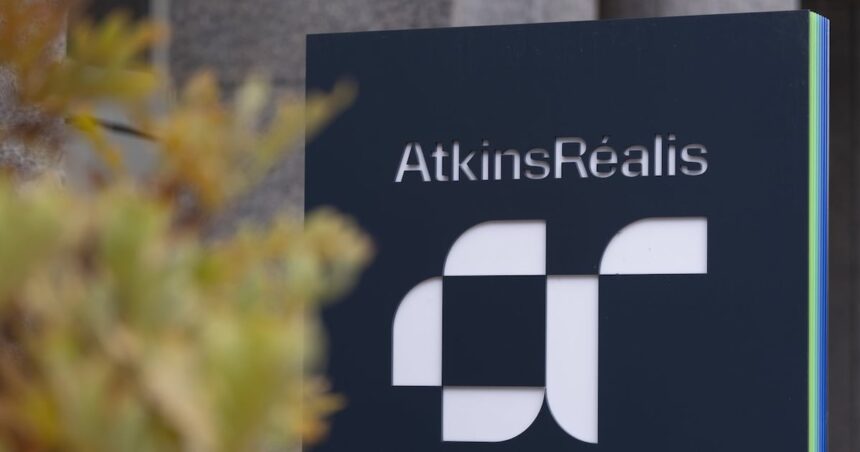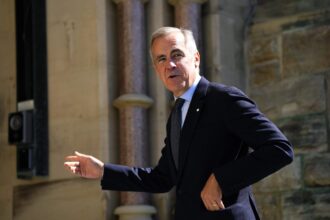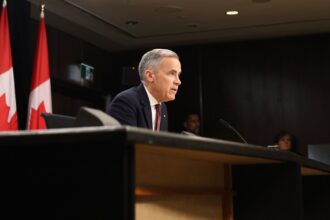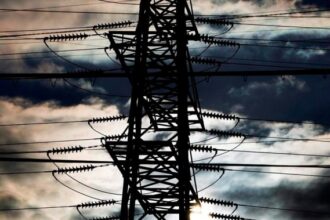The global nuclear energy landscape shifted dramatically yesterday as Montreal-based AtkinsRéalis announced a comprehensive collaboration agreement with French energy giant EDF, positioning both companies at the forefront of nuclear innovation during a critical period of worldwide energy transition.
The partnership, formalized at EDF’s headquarters in Paris, establishes a framework for the companies to jointly pursue nuclear projects across the international market, leveraging their complementary expertise in an industry experiencing renewed momentum. With over 50 countries now exploring nuclear energy programs according to recent International Atomic Energy Agency data, the timing could hardly be more strategic.
“This collaboration represents more than just business expansion—it’s about accelerating the deployment of reliable, low-carbon energy solutions when the world needs them most,” said Ian Edwards, President and CEO of AtkinsRéalis, during the signing ceremony. “By combining EDF’s operational excellence with our design and project delivery capabilities, we’re creating a powerhouse that can address the full nuclear lifecycle.”
The agreement arrives as nuclear energy experiences what industry analysts are calling a renaissance. Recent forecasts from the International Energy Agency project that nuclear capacity must double by 2050 to meet global climate targets, creating an estimated $1 trillion market opportunity. For AtkinsRéalis, which rebranded from SNC-Lavalin last year, the partnership strengthens its position in a sector where it has maintained a significant presence since acquiring CANDU reactor technology in 2011.
EDF, operating 56 reactors in France alone and holding equity positions in nuclear facilities across four continents, brings operational expertise that perfectly complements AtkinsRéalis’s engineering capabilities. Luc Rémont, EDF’s Chairman and CEO, emphasized this synergy: “Our combined strengths will allow us to deliver more competitive, innovative solutions to address growing energy security concerns worldwide.”
The collaboration extends beyond traditional power generation to encompass small modular reactors (SMRs), lifetime extension of existing facilities, and decommissioning services—critical components as countries navigate the complex challenge of maintaining energy security while pursuing decarbonization targets.
Market analysts at Morgan Stanley have responded positively, with senior energy analyst Patricia Moore noting: “This partnership addresses the full spectrum of nuclear needs at exactly the right moment. The combined expertise creates a compelling offering as countries reassess their energy security positions in light of geopolitical tensions and climate imperatives.”
For investors watching the nuclear sector, this alliance signals confidence in an industry long plagued by cost overruns and safety concerns. Both companies have emphasized that stringent safety protocols remain paramount in their approach, particularly as they target emerging nuclear markets in Eastern Europe, the Middle East, and Asia.
What does this mean for Canada’s energy landscape? The partnership potentially strengthens domestic nuclear capabilities at a time when provinces like Ontario are increasingly looking to nuclear power to support grid reliability amid ambitious electrification goals. With CO24 Business reporting earlier this year on Canada’s growing energy demands, nuclear partnerships of this scale could prove crucial to national energy strategy.
As countries worldwide race to secure energy independence while meeting climate commitments, the AtkinsRéalis-EDF collaboration represents exactly the kind of industrial partnership that could define the next generation of nuclear deployment. The question now becomes not whether nuclear will play a role in our energy future, but who will lead its renaissance.










